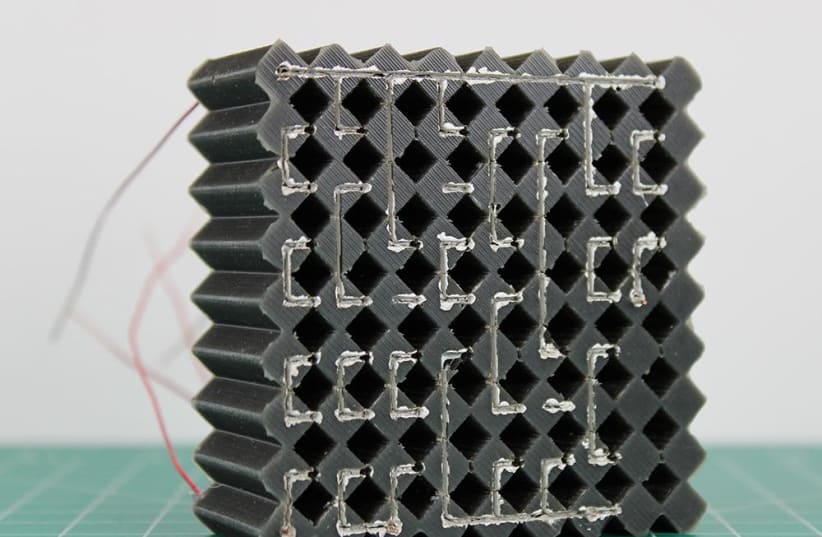Researchers in the United States have developed materials that can respond to mechanical stimuli similarly to humans.
The study, published earlier this week in Nature, describes a new alternative to integrated circuits. Integrated circuits run all kinds of household electronic devices like phones and cars; they are engineers' best attempt at processing information similarly to how the brain does.
“What makes humans smart is our means to observe and think about information we receive through our senses, reflecting on the relationship between that information and how we can react,
Principal investigator Ryan Harne
Principal investigator Ryan Harne, James F. Will Career Development Associate Professor of Mechanical Engineering at Penn State explained, “we have created the first example of an engineering material that can simultaneously sense, think and act upon mechanical stress without requiring additional circuits to process such signals.
"The soft polymer material acts like a brain that can receive digital strings of information that are then processed, resulting in new sequences of digital information that can control reactions.”
Practical applications

The discovery has potential applications for search-and-rescue systems, infrastructure repairs and much more.
“We discovered how to use mathematics and kinematics — how the individual constituents of a system move — in mechanical-electrical networks,” Harne said. “This allowed us to realize a fundamental form of intelligence in engineering materials by facilitating fully scalable information processing intrinsic to the soft material system.”
For materials to process information like our brains do, nearly instantly and extremely effectively, they must perform a myriad of intricate calculations. Thus, when researchers subjected the material to applied force, it digitized the information into signals that its network can assess.
“What makes humans smart is our means to observe and think about [the] information we receive through our senses, reflecting on the relationship between that information and how we can react,” Harne said.
The team is now attempting to evolve the material to process visual information the way it does physical stimuli.
“We are currently translating this to a means of ‘seeing’ to augment the sense of ‘touching’ we have presently created,” Harne said. “Our goal is to develop a material that demonstrates autonomous navigation through an environment by seeing signs, following them and maneuvering out of the way of adverse mechanical force, such as something stepping on it.”
